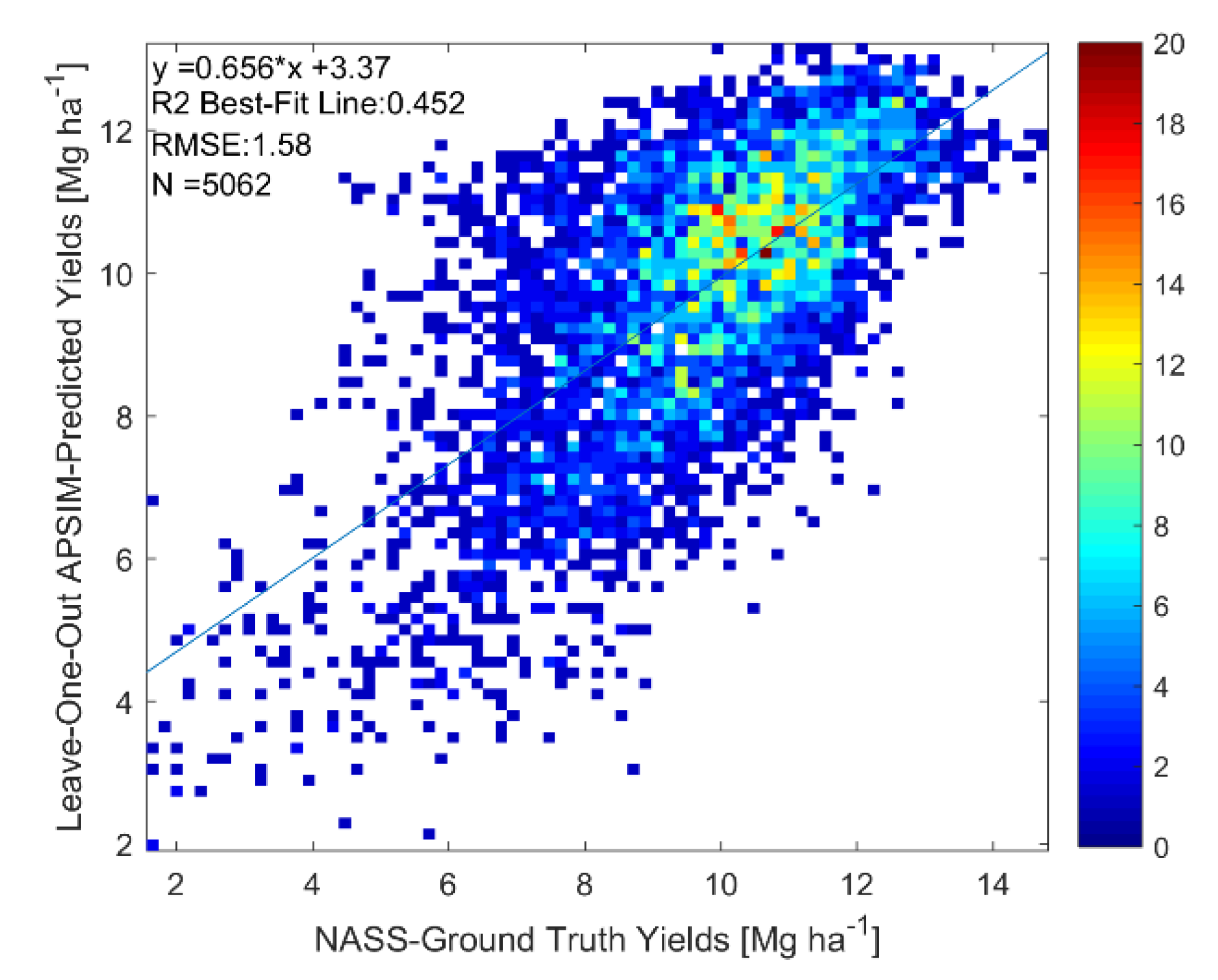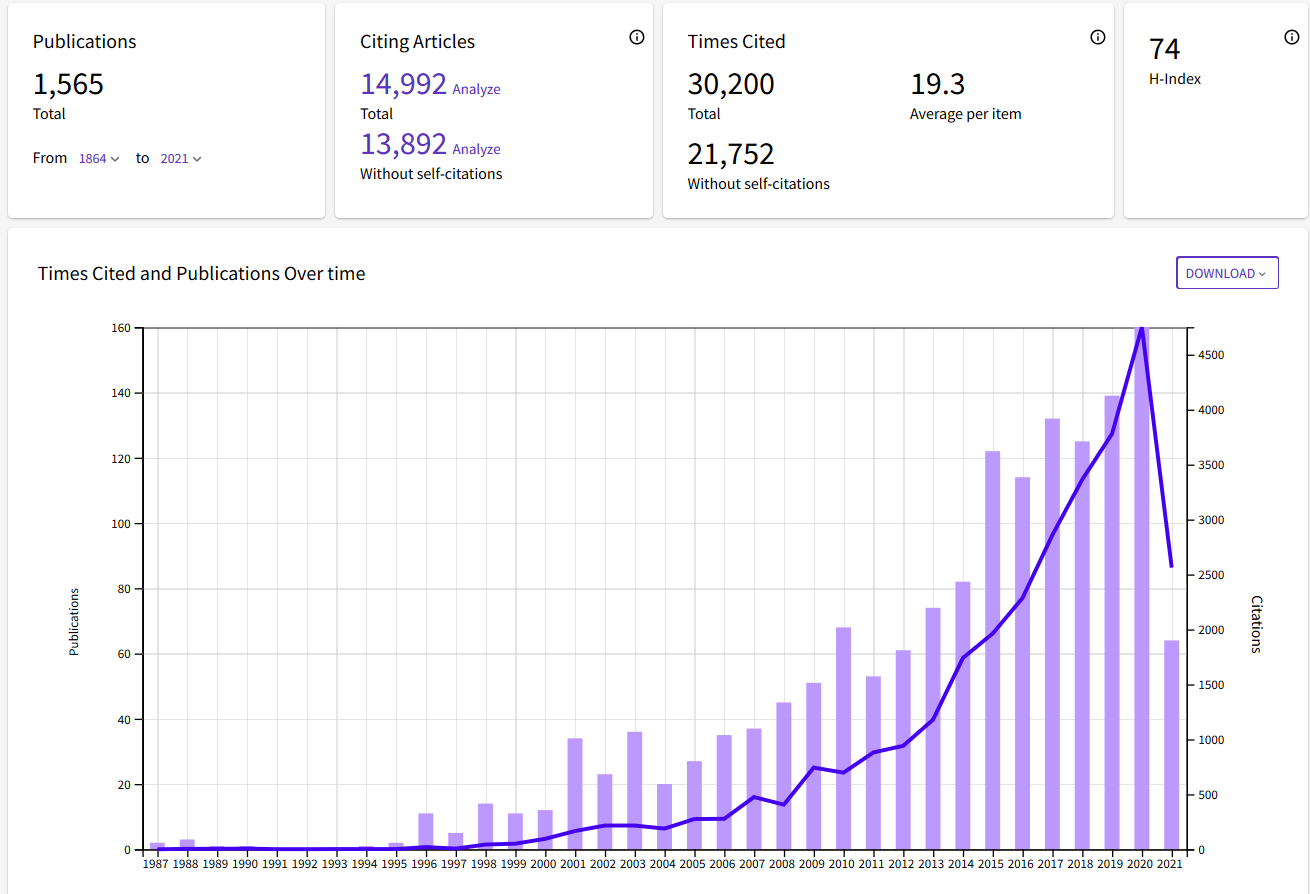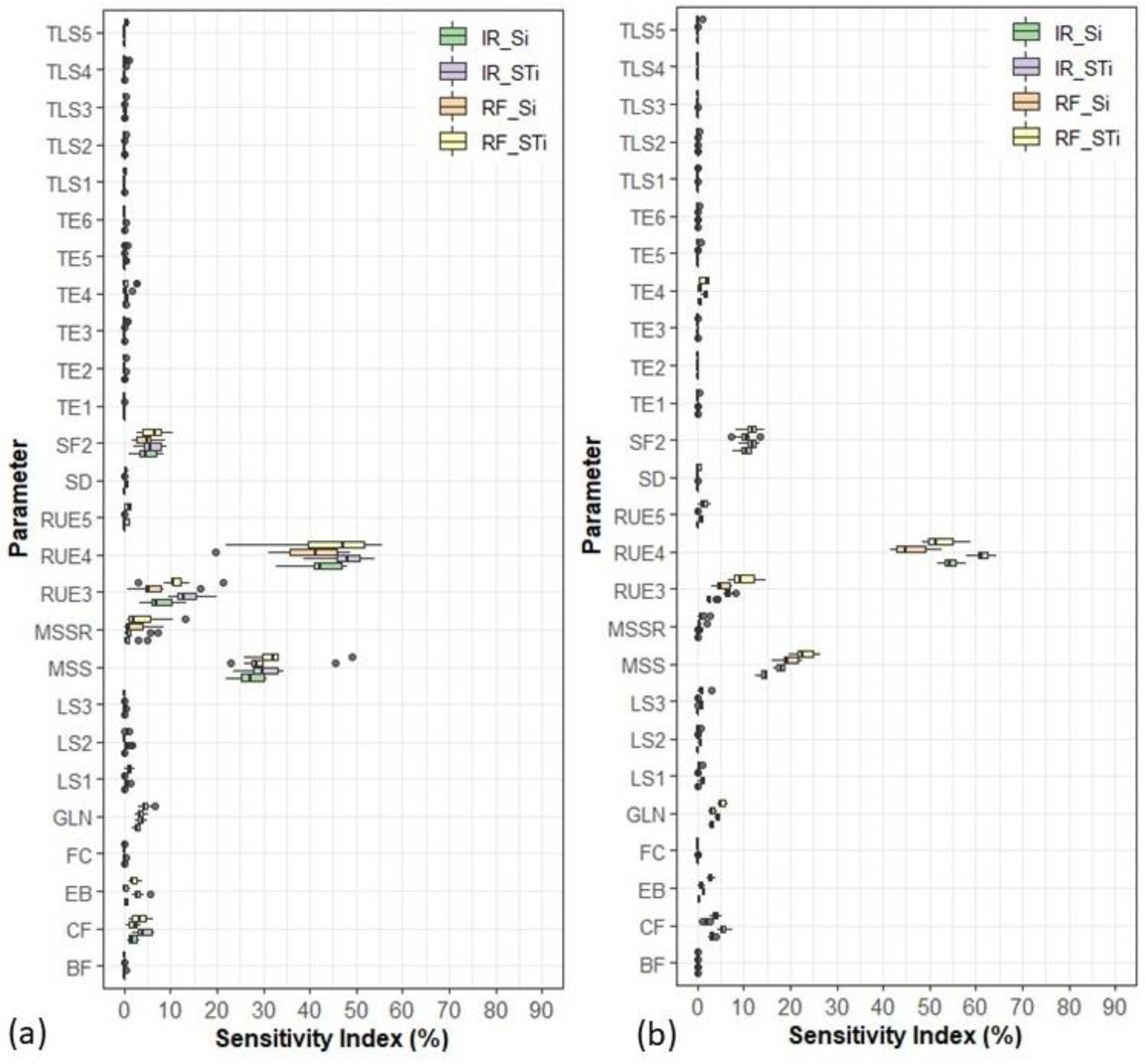

Rate of change of photoperiod had no effect on phyllochron. Overall, these studies revealed a positive contribution of winter cover crops to maize system performance, and it is expected that enhanced model representation of winter rye would facilitate future evaluations of cover crop effects at the field-scale level.Effects of radiation on the phyllochron of nine quinoa (Chenopodium quinoa Willd.) cultivars growing under field conditions were quantified. Also, a global sensitivity analysis of a cover crop module embedded in APSIM revealed a high influence of thermal accumulation and soil water parameters to control phenology and biomass simulations. leaf appearance rate) between the late-fall and early-spring periods of active growth of a fall-seeded rye cover crop. Using phenology records from two Iowa trials, we found different phyllochron (i.e. The third study combined field and statistical approaches to advance the rye simulation capabilities of the APSIM model. In a second study, the APSIM model was calibrated to simulate a maize-rye (Secale cereale sp.)-rotation in Iowa, finding positive changes in maize system indicators – soil erosion, soil N-leaching, runoff, grain yields, and farm returns- in response to biomass gains from different rye populations. In a meta-analysis combining peer-reviewed research from several regions in the US, grain yields were found to change between 0 and 21% when maize (Zea mays L.) followed a small cereal or a legume cover crop.



In this context, statistical and process-based models can be valuable tools for predicting changes in maize systems that include a winter cover crop. While cover crops have shown potential to sequester off-season nitrate, control weeds, or promote nutrient cycling, knowledge gaps persist in regard to maize impacts driven by cover crop decision making. Winter cover crops can be an effective strategy to buffer soil and water impairing effects from intensively managed agriculture.


 0 kommentar(er)
0 kommentar(er)
